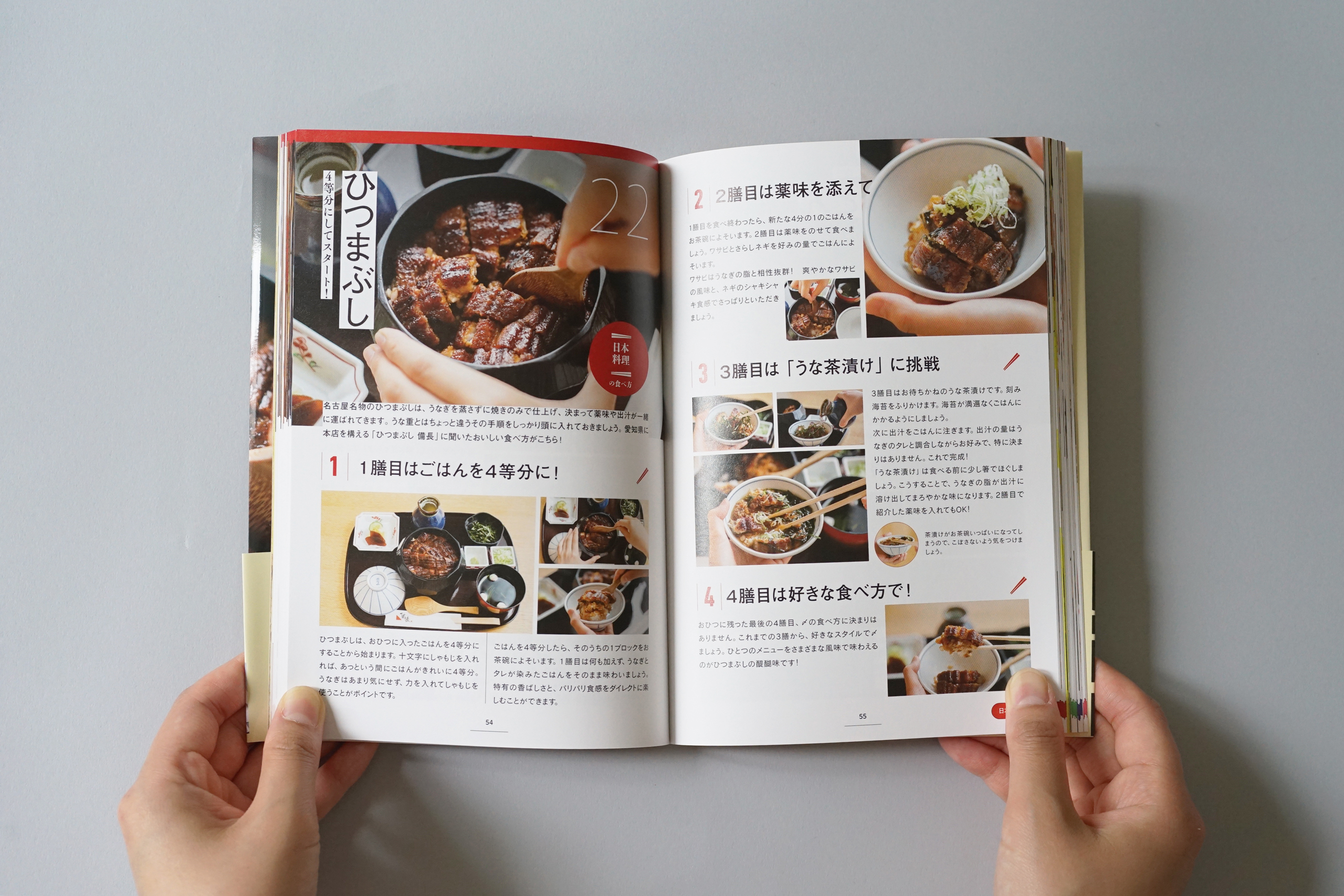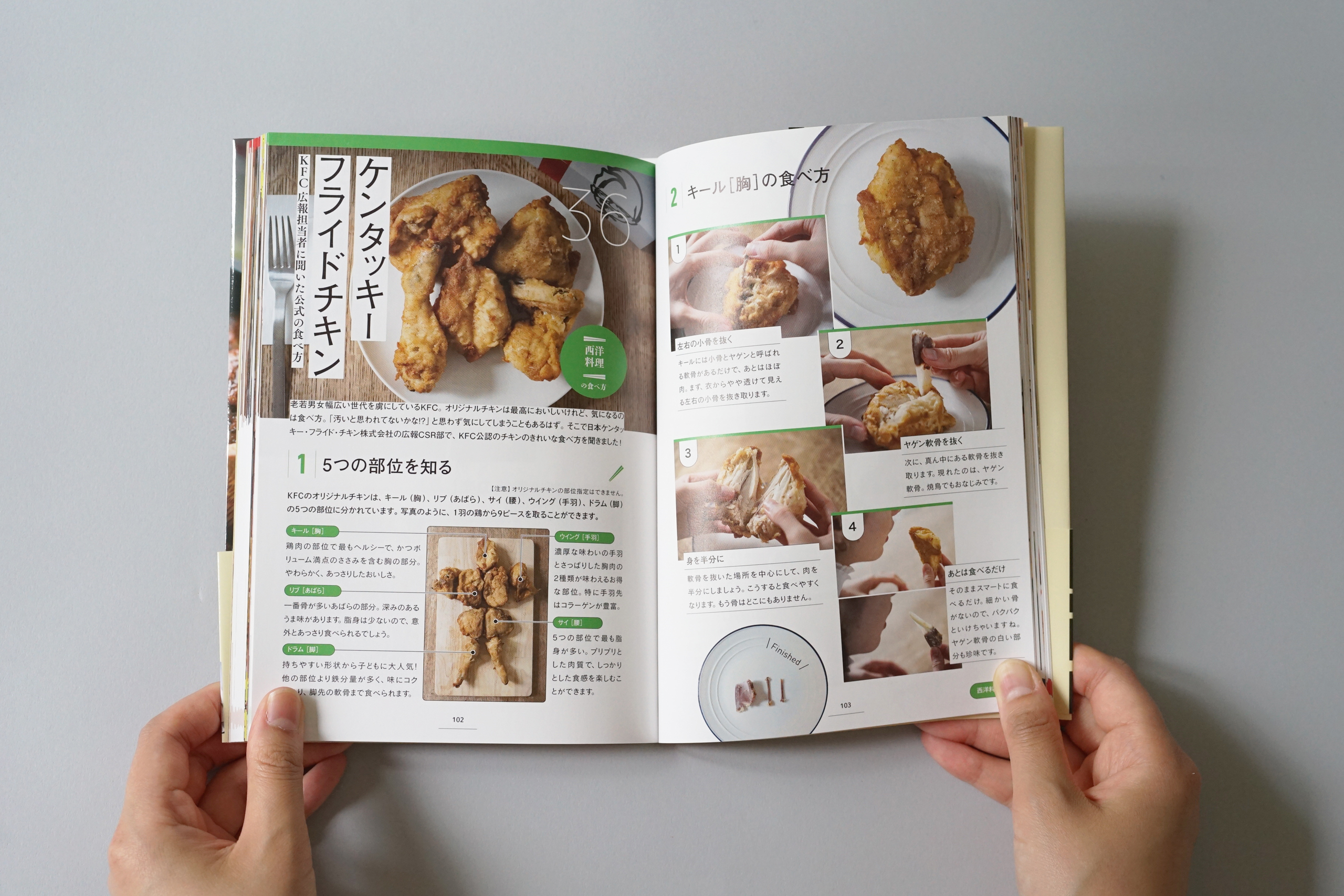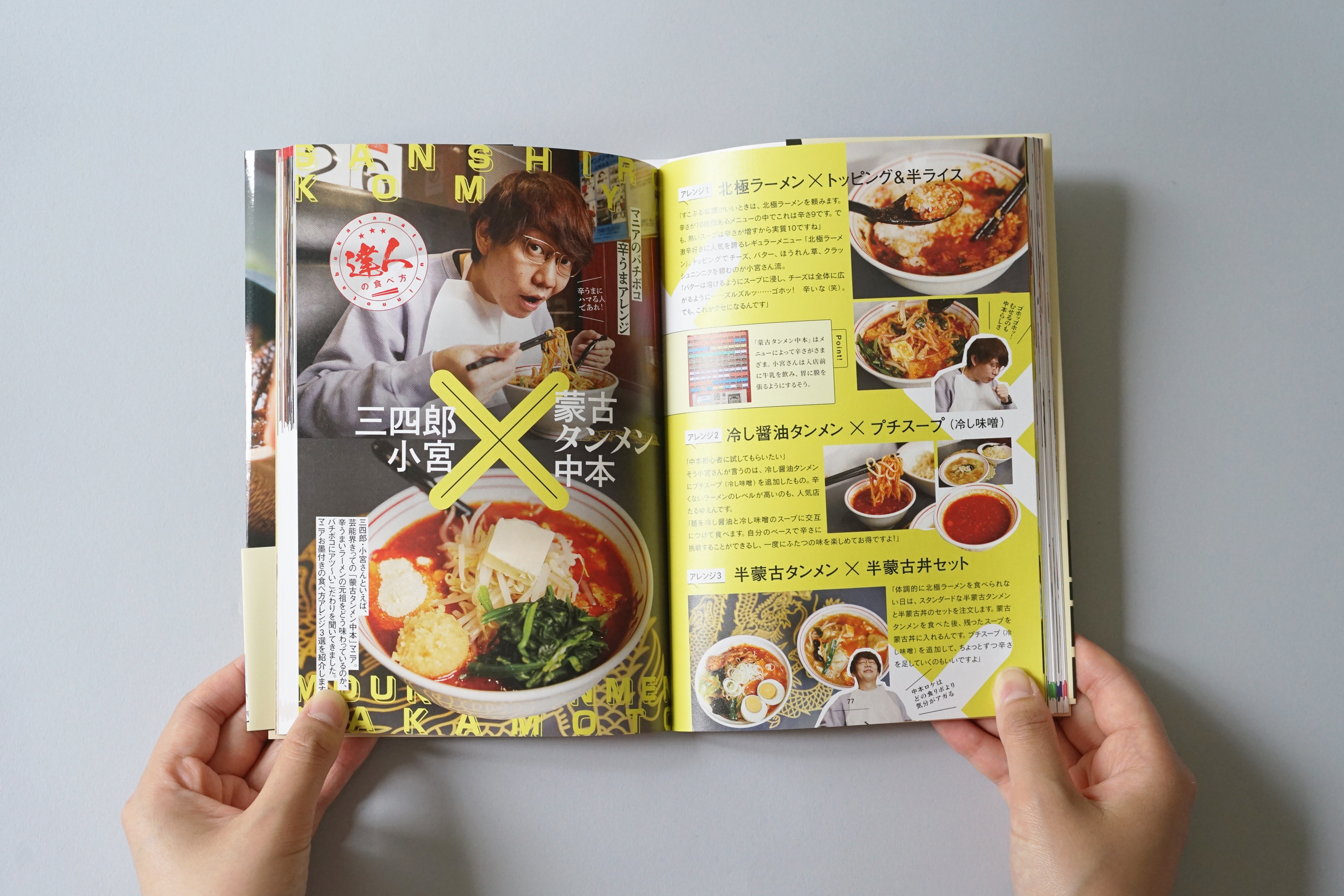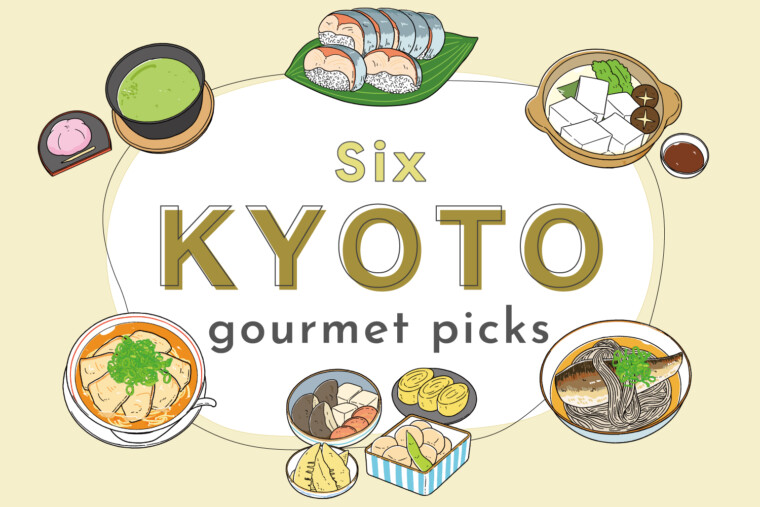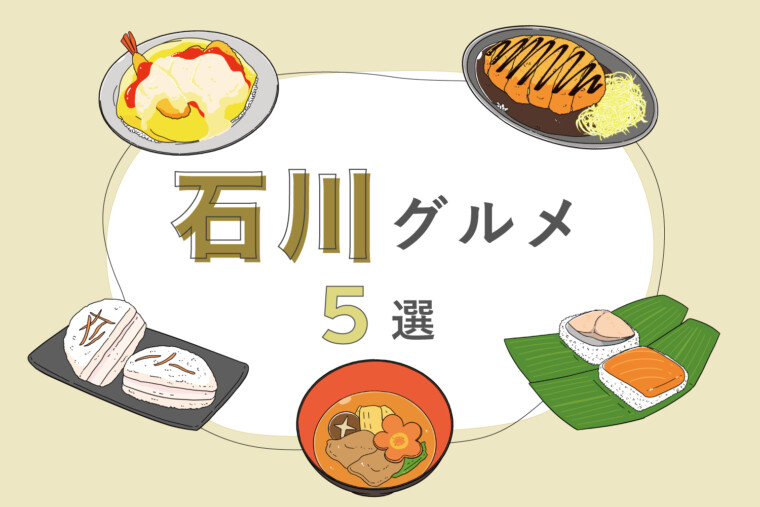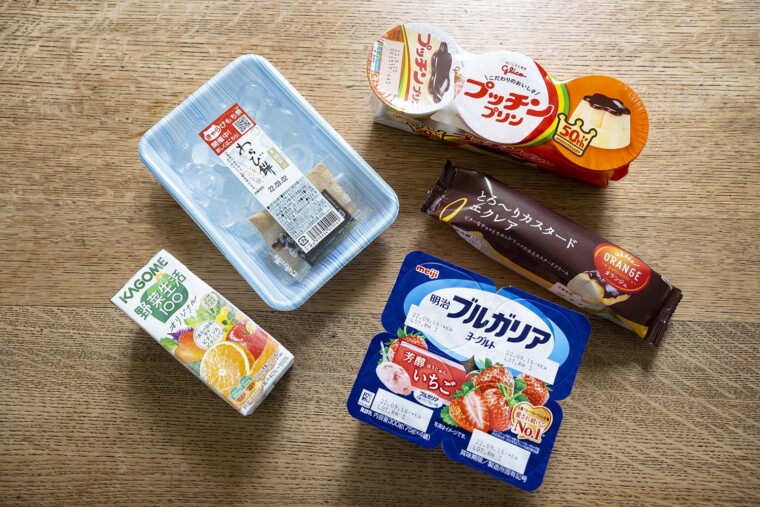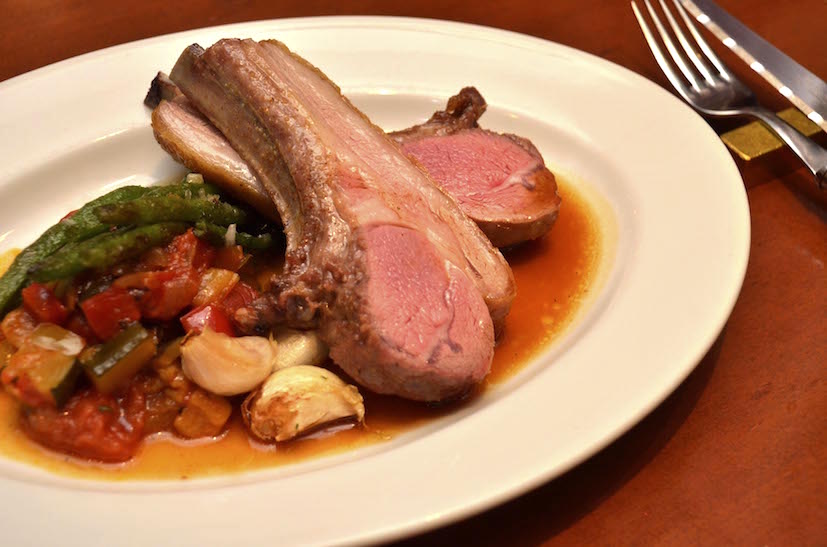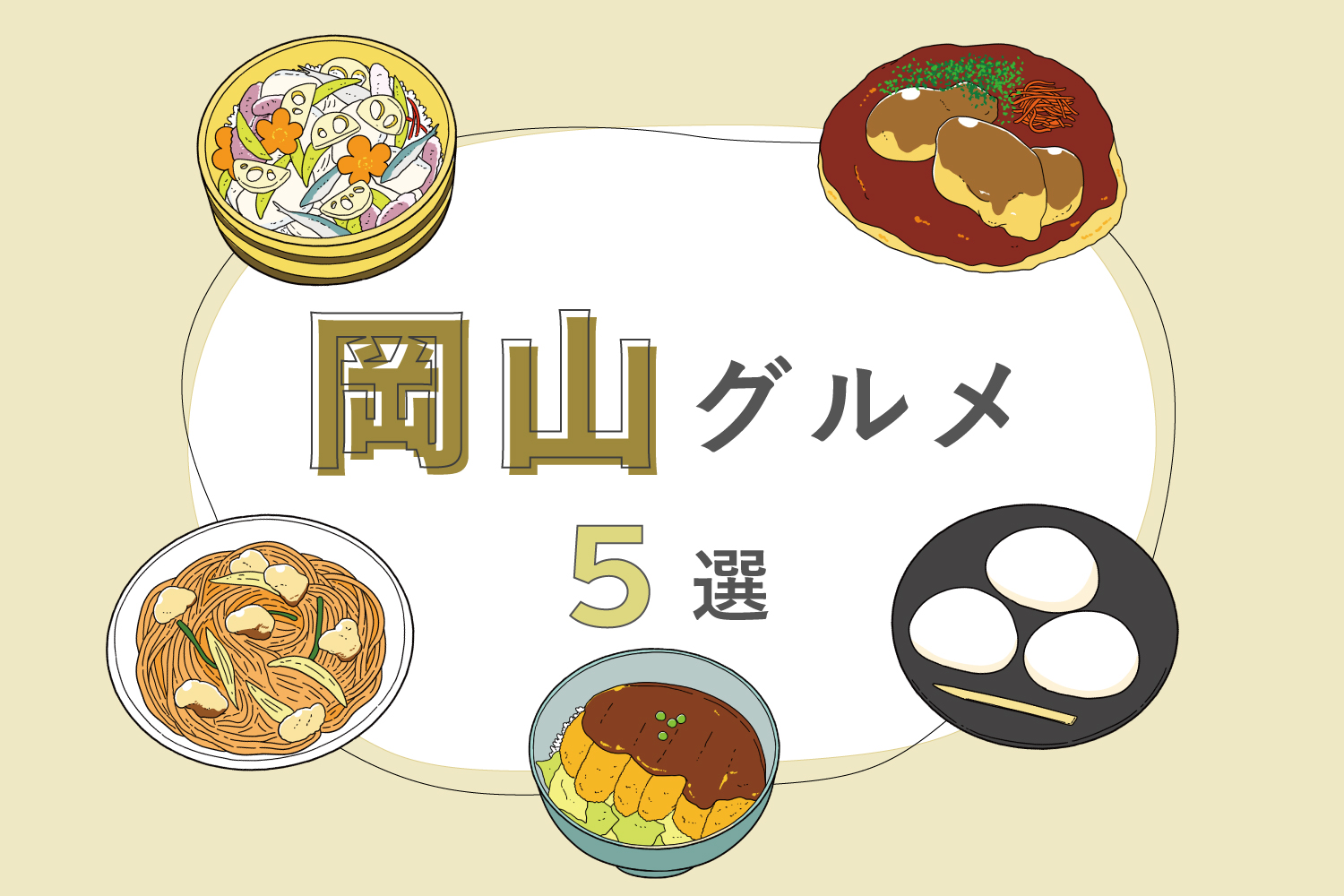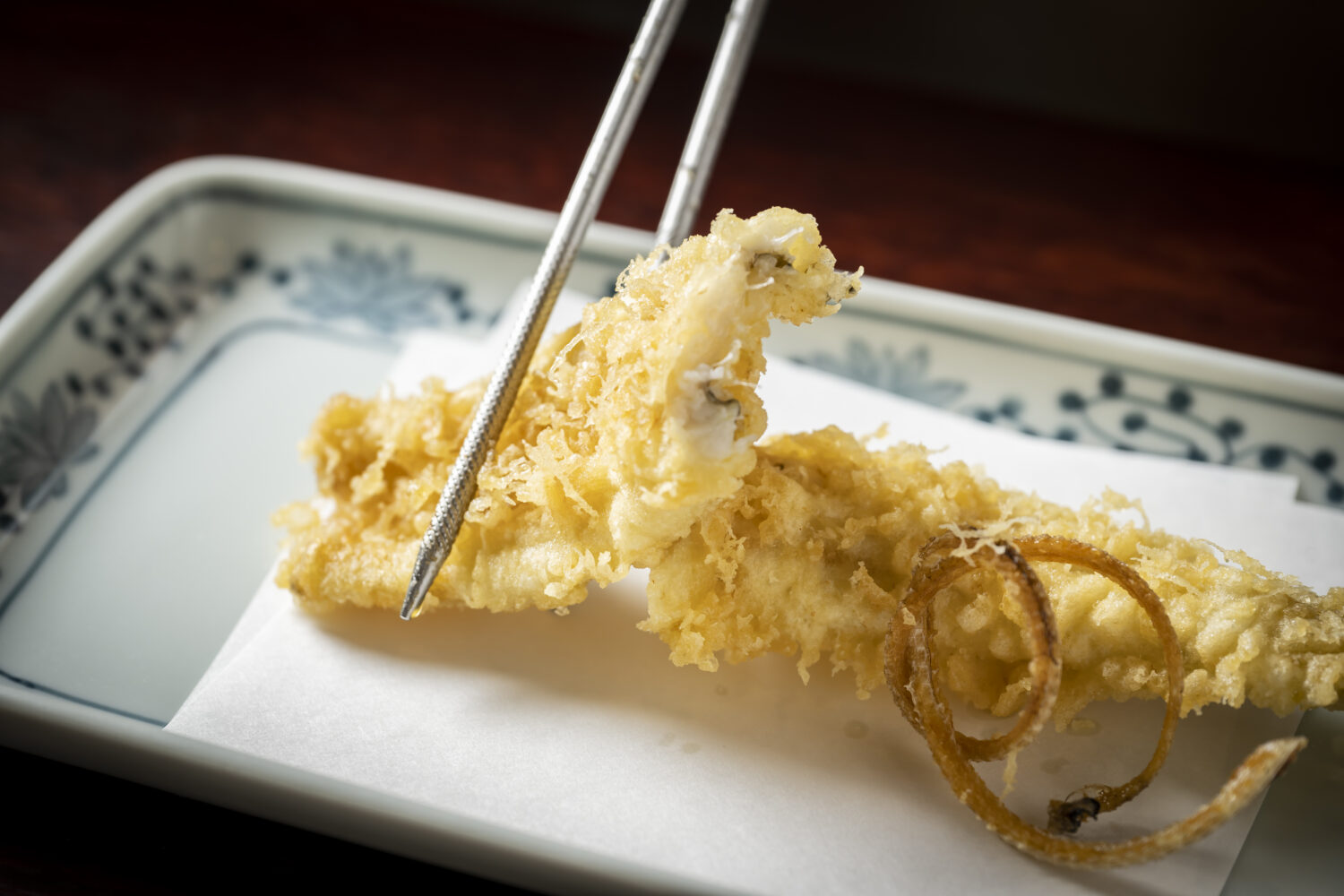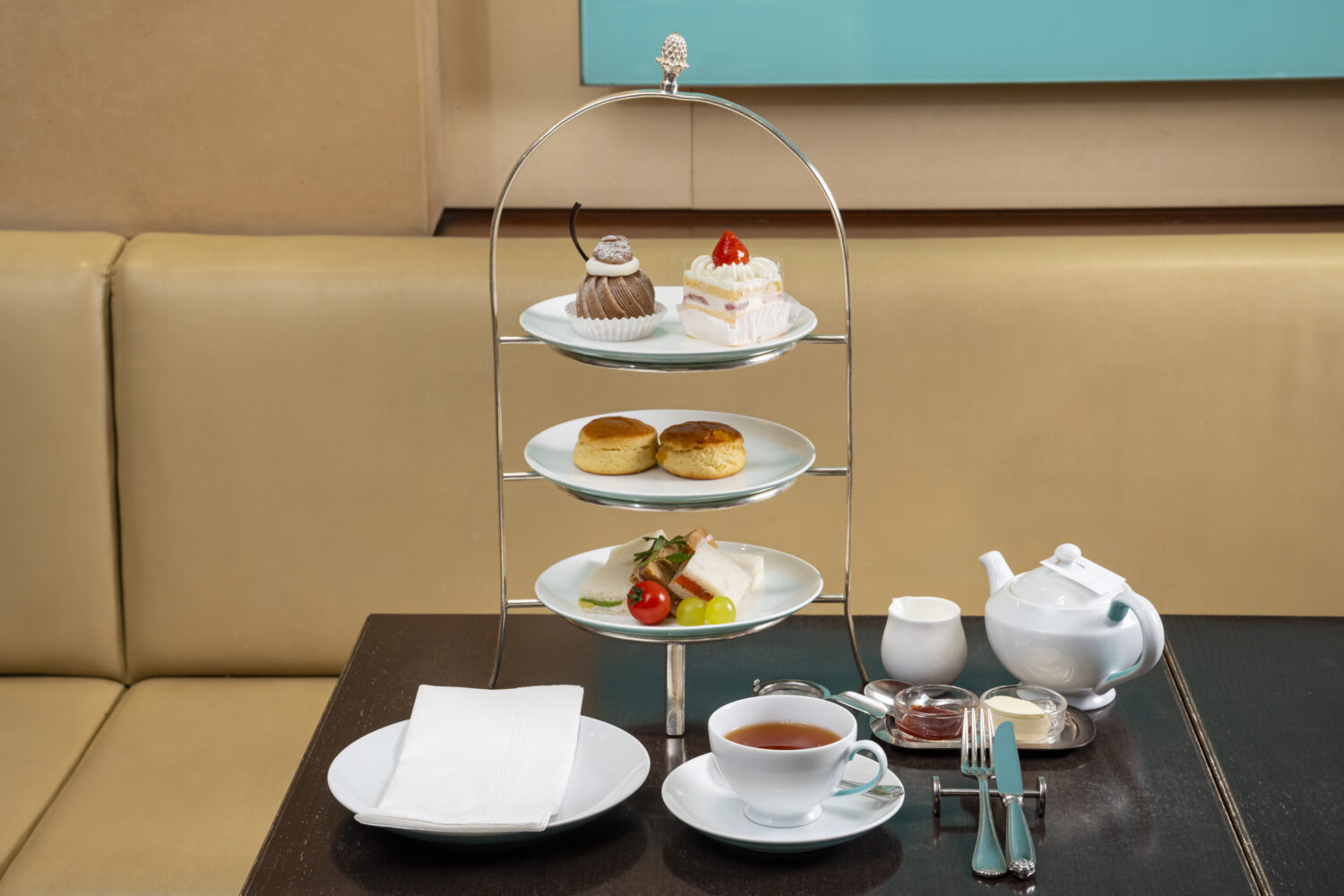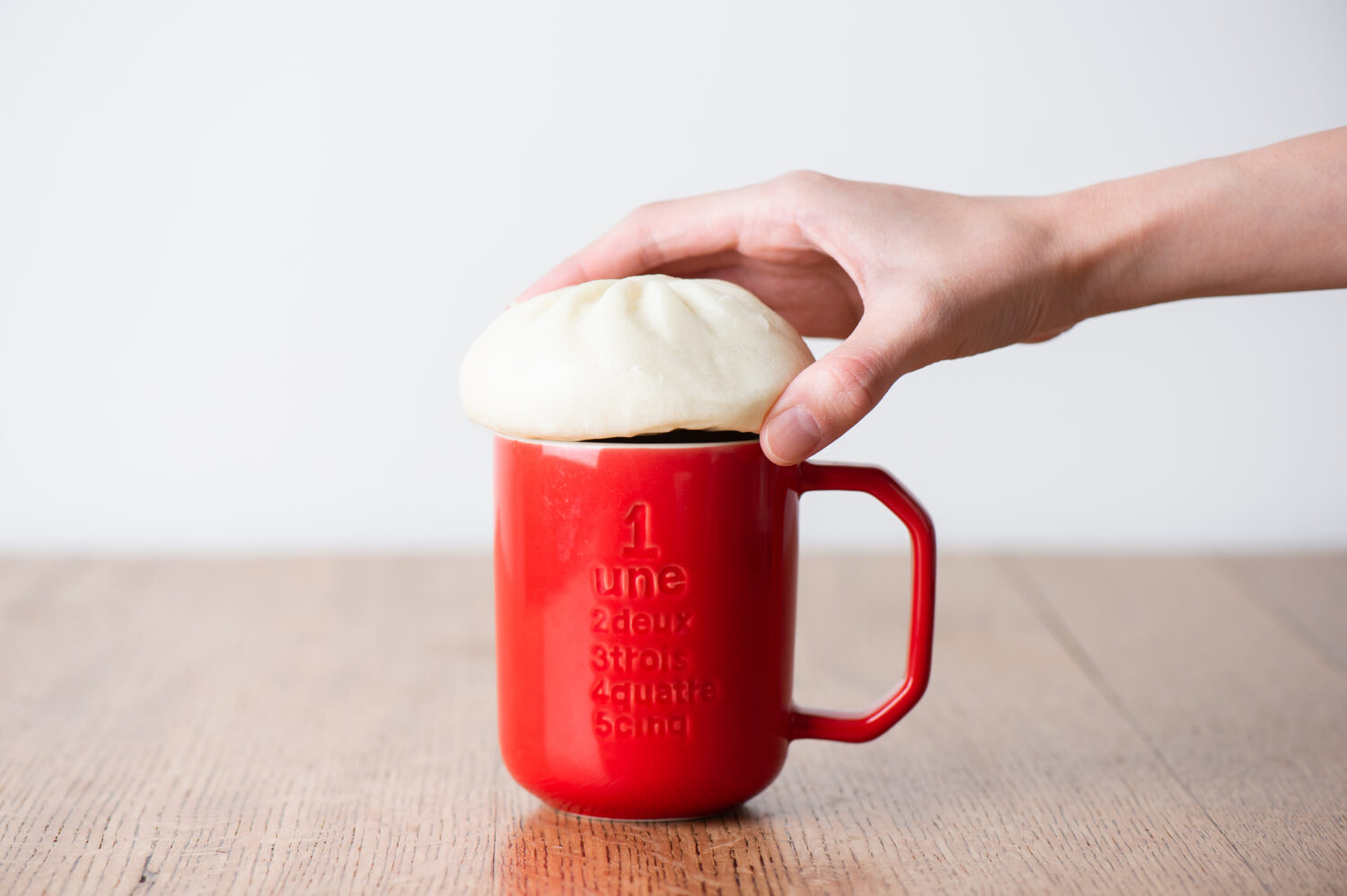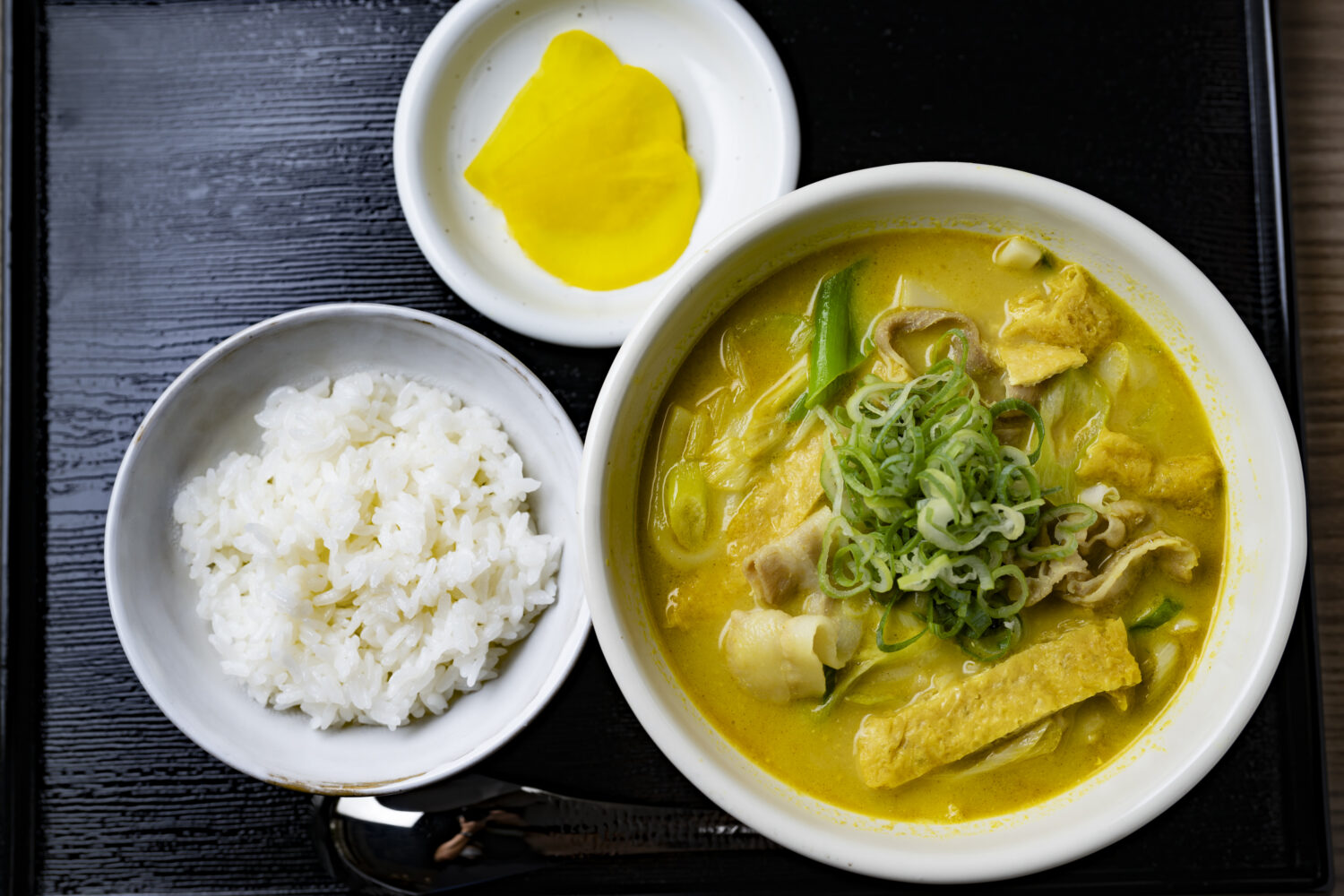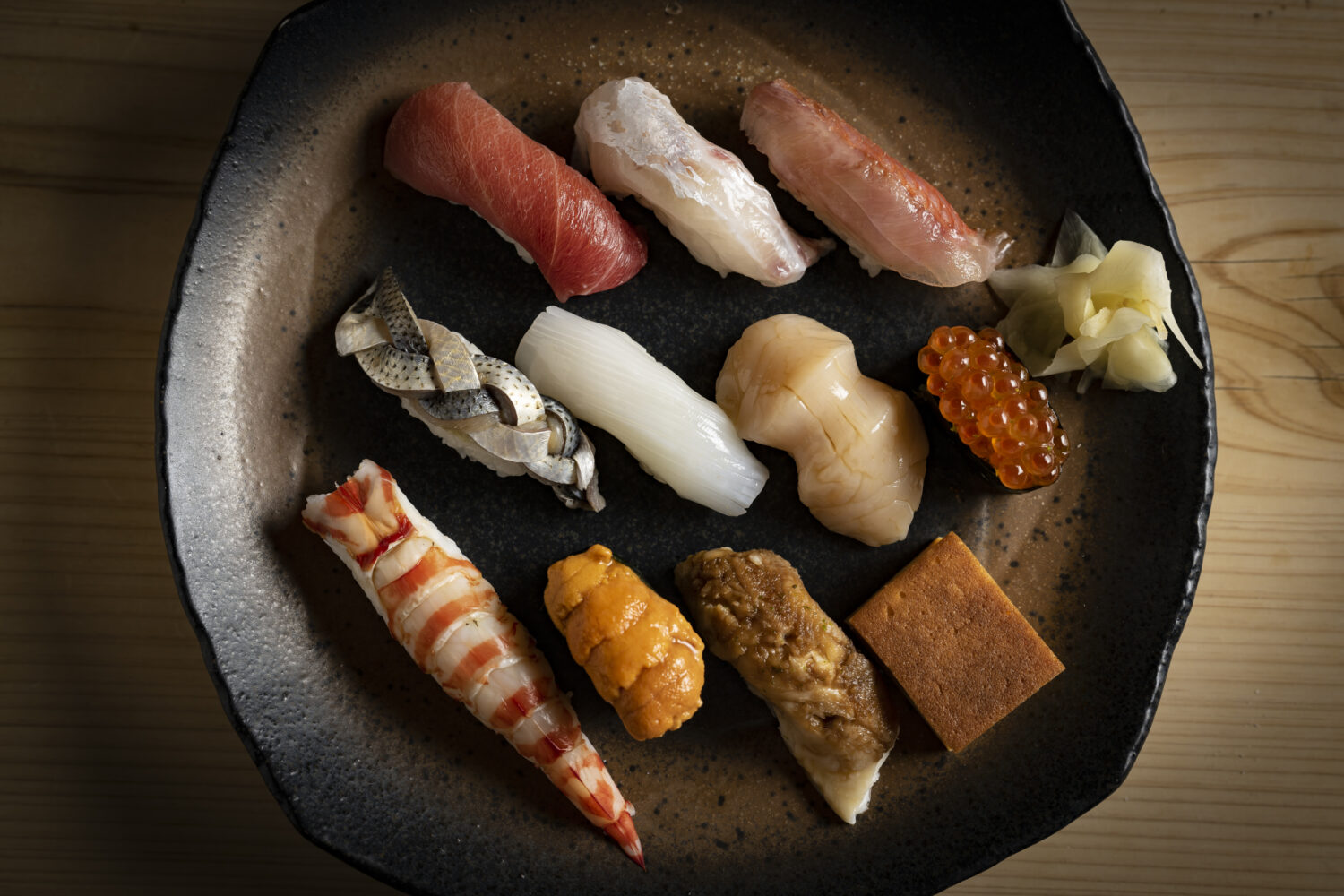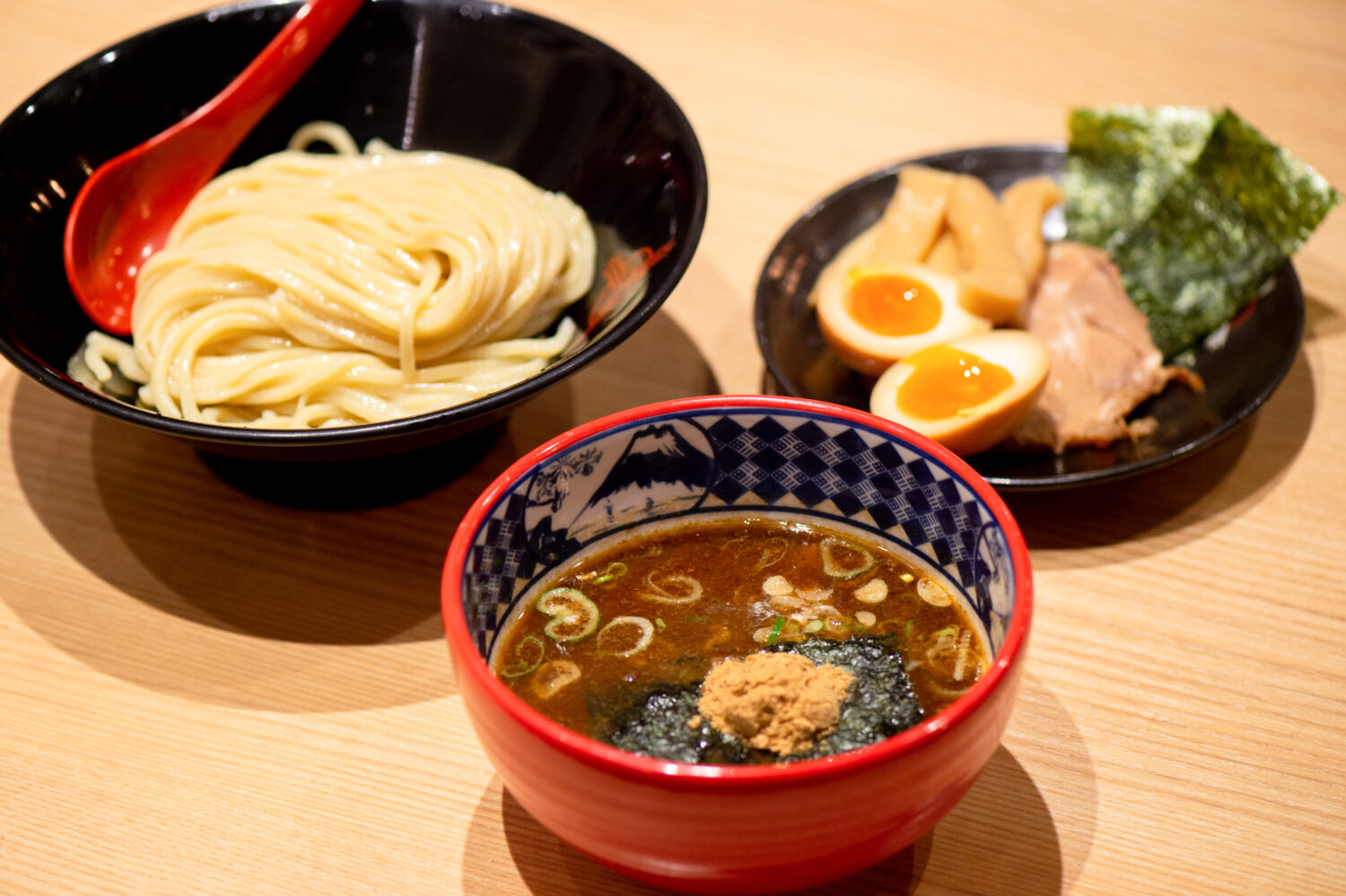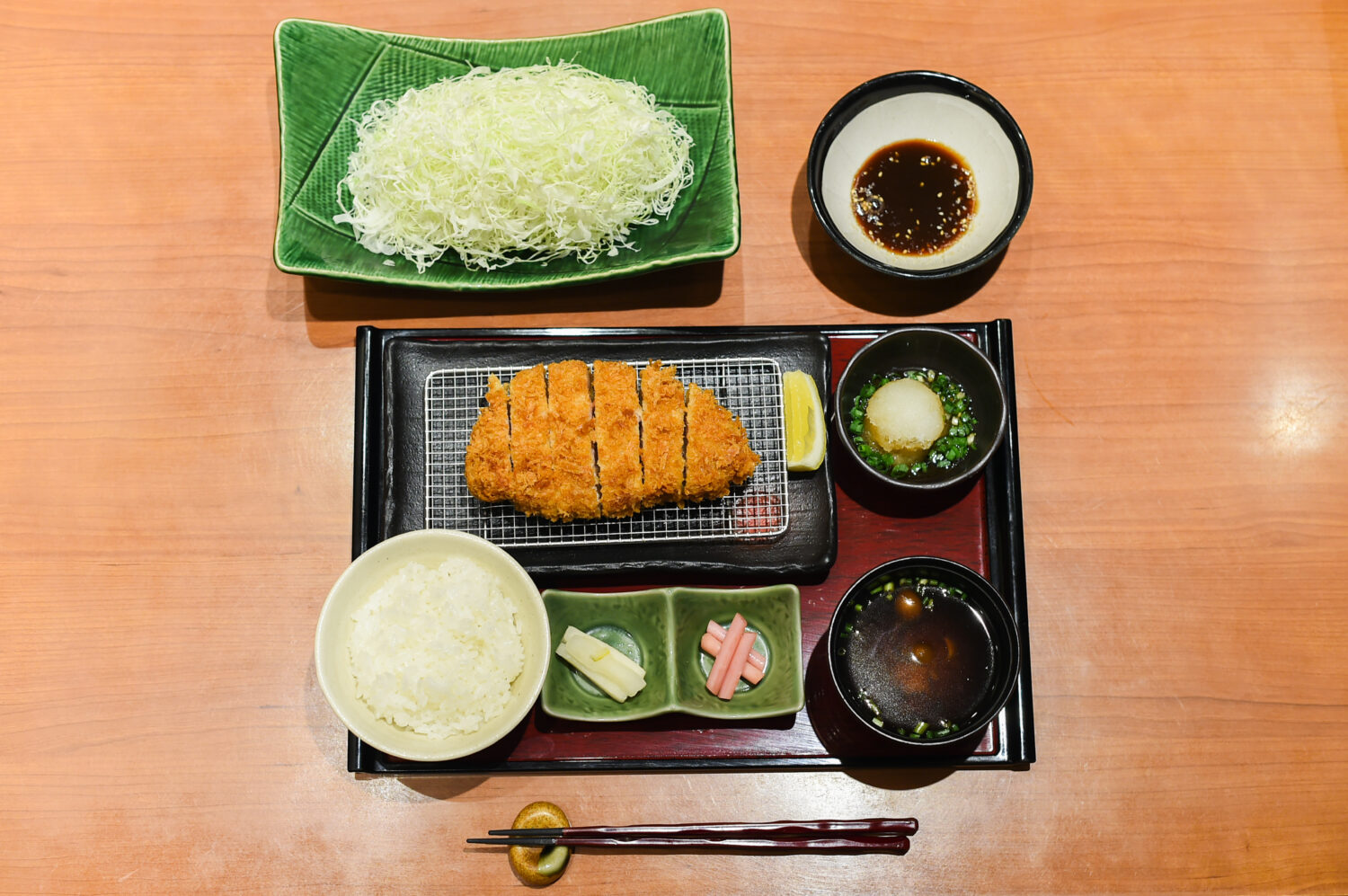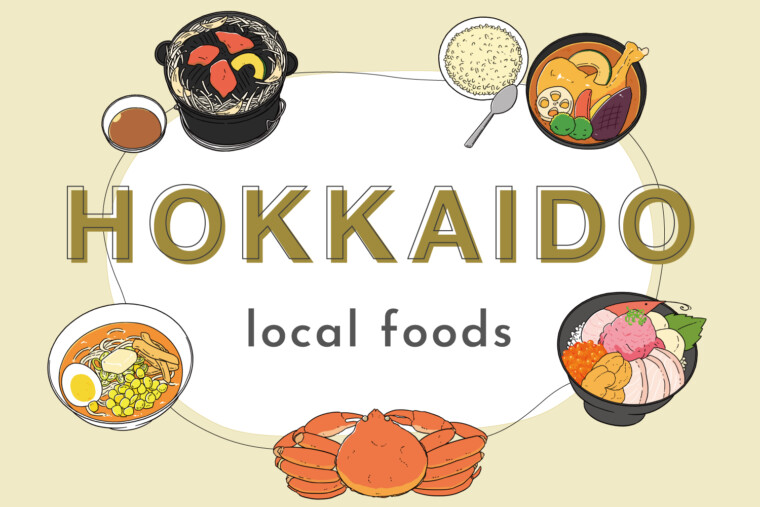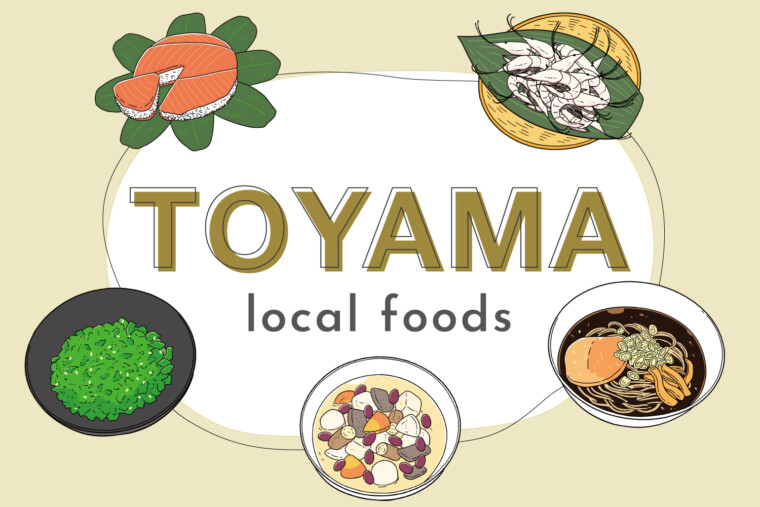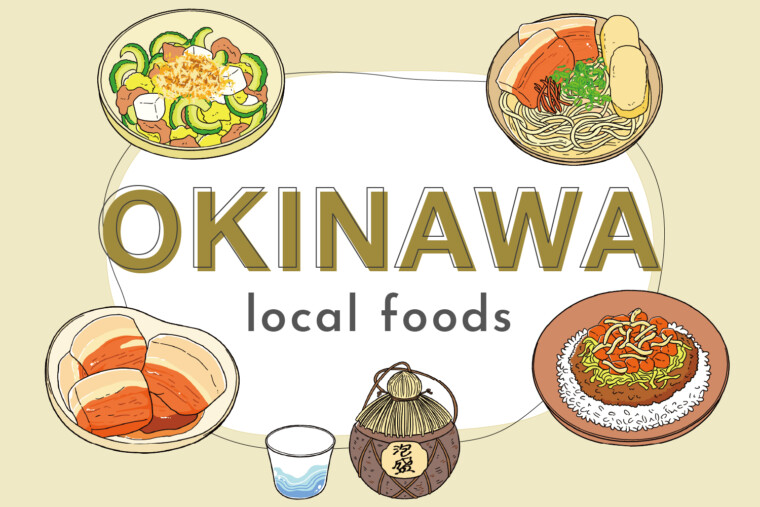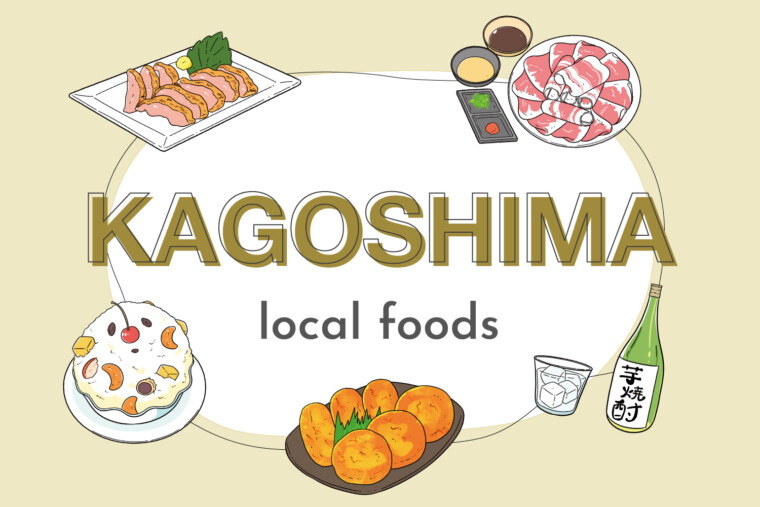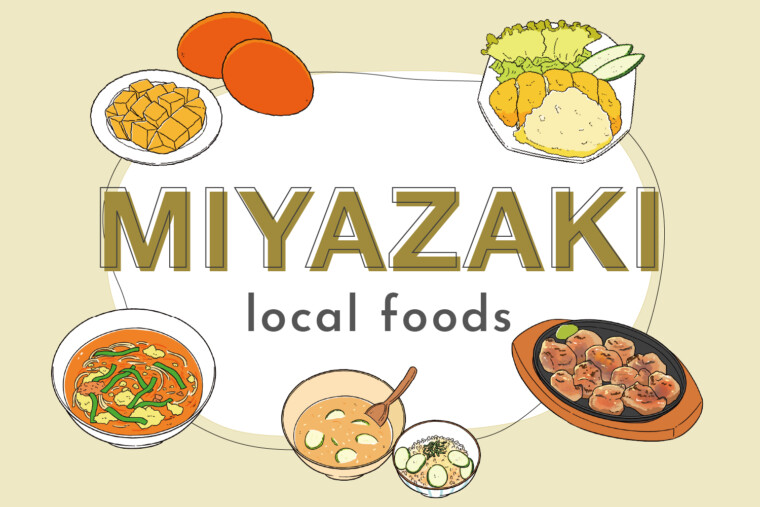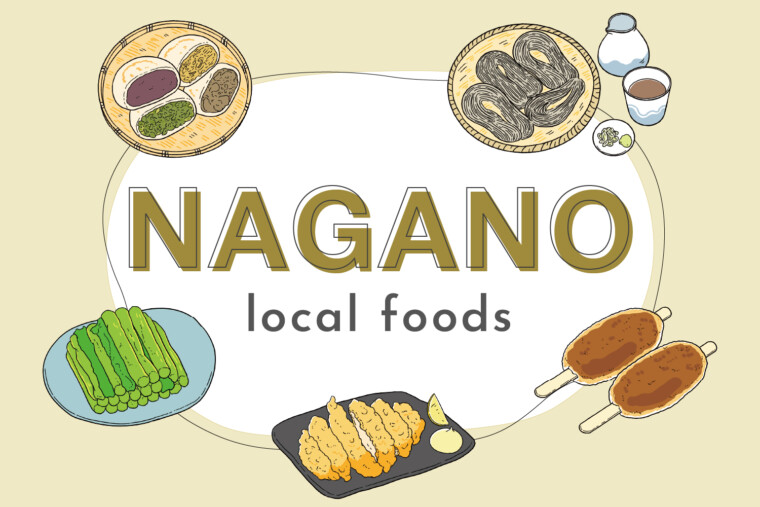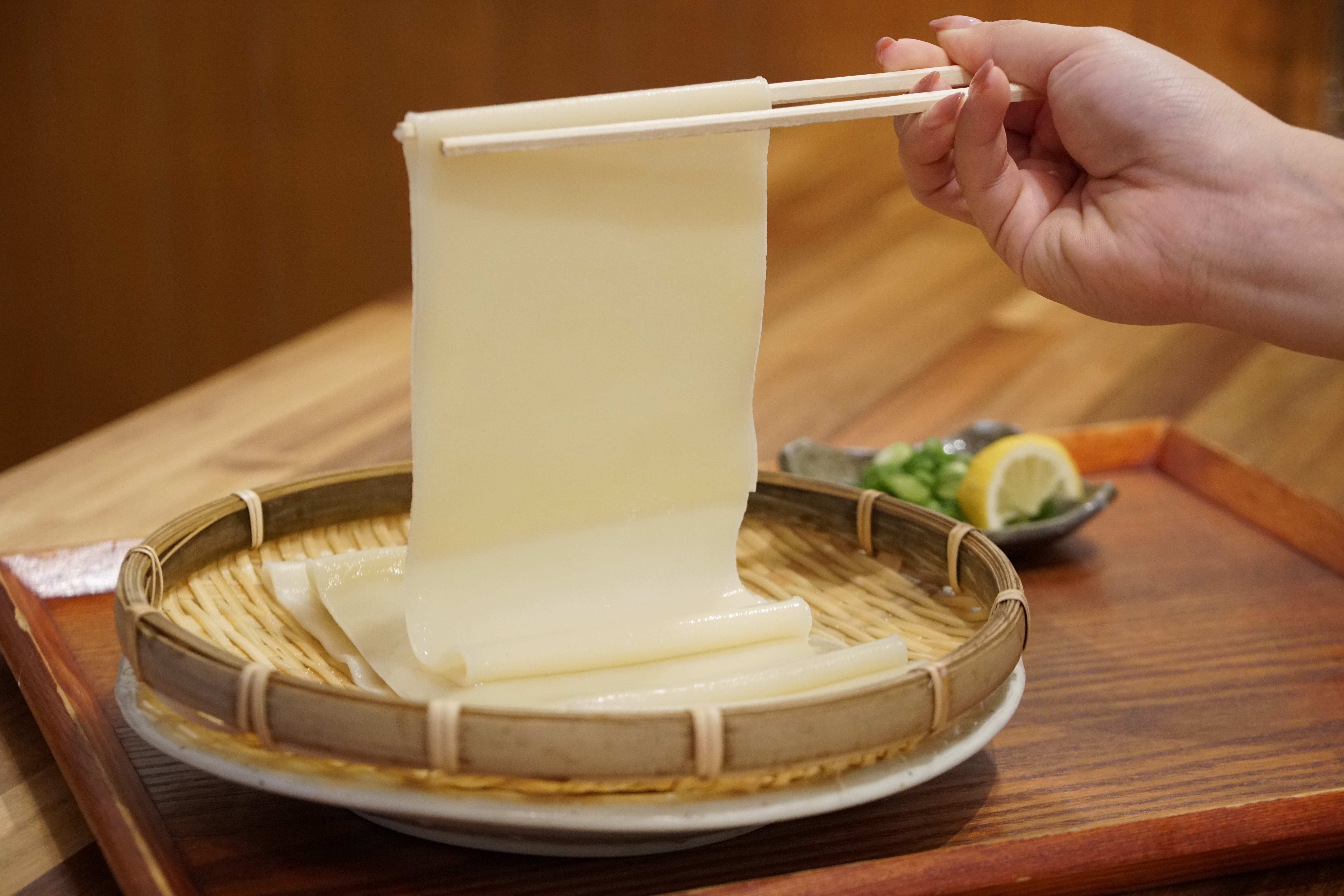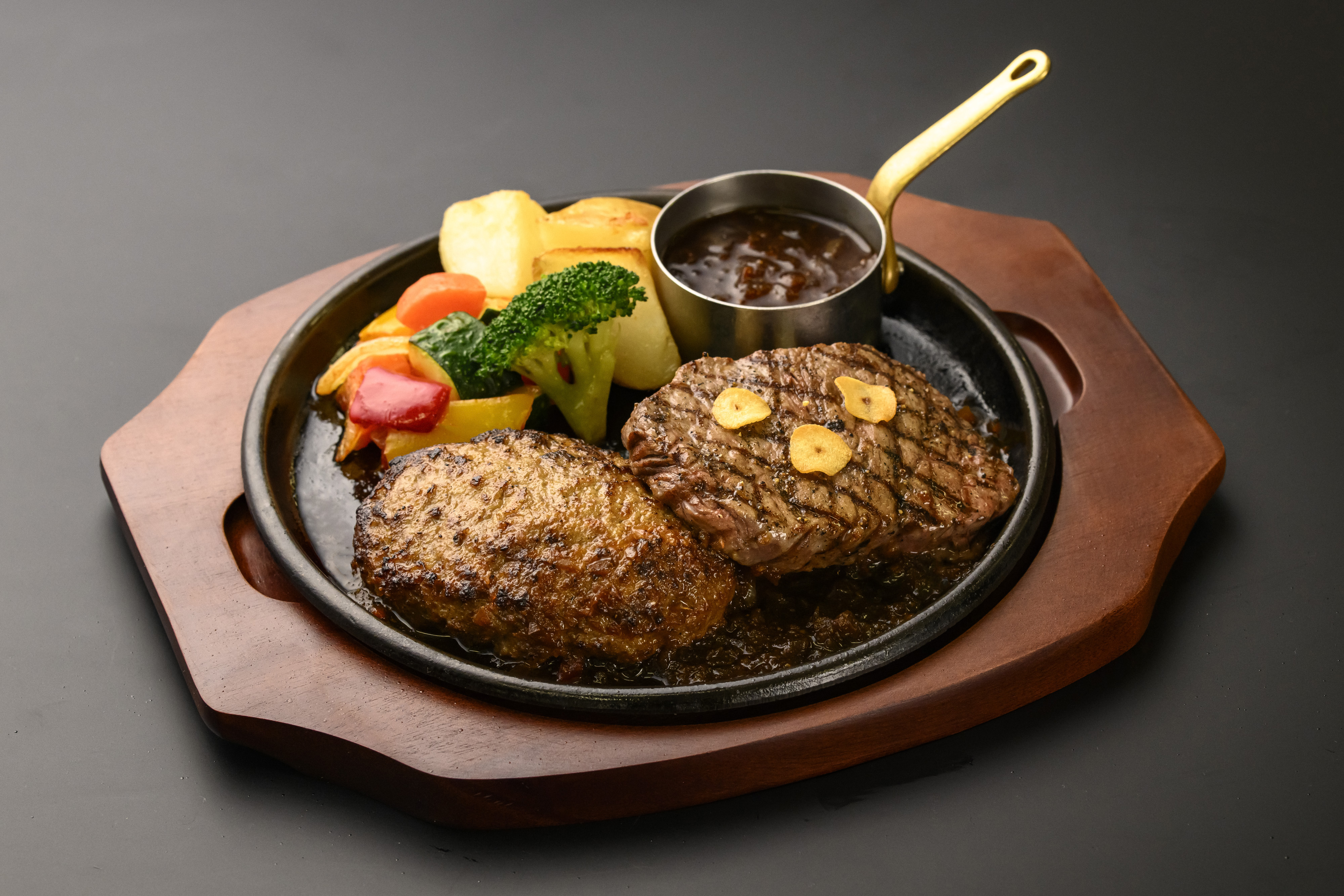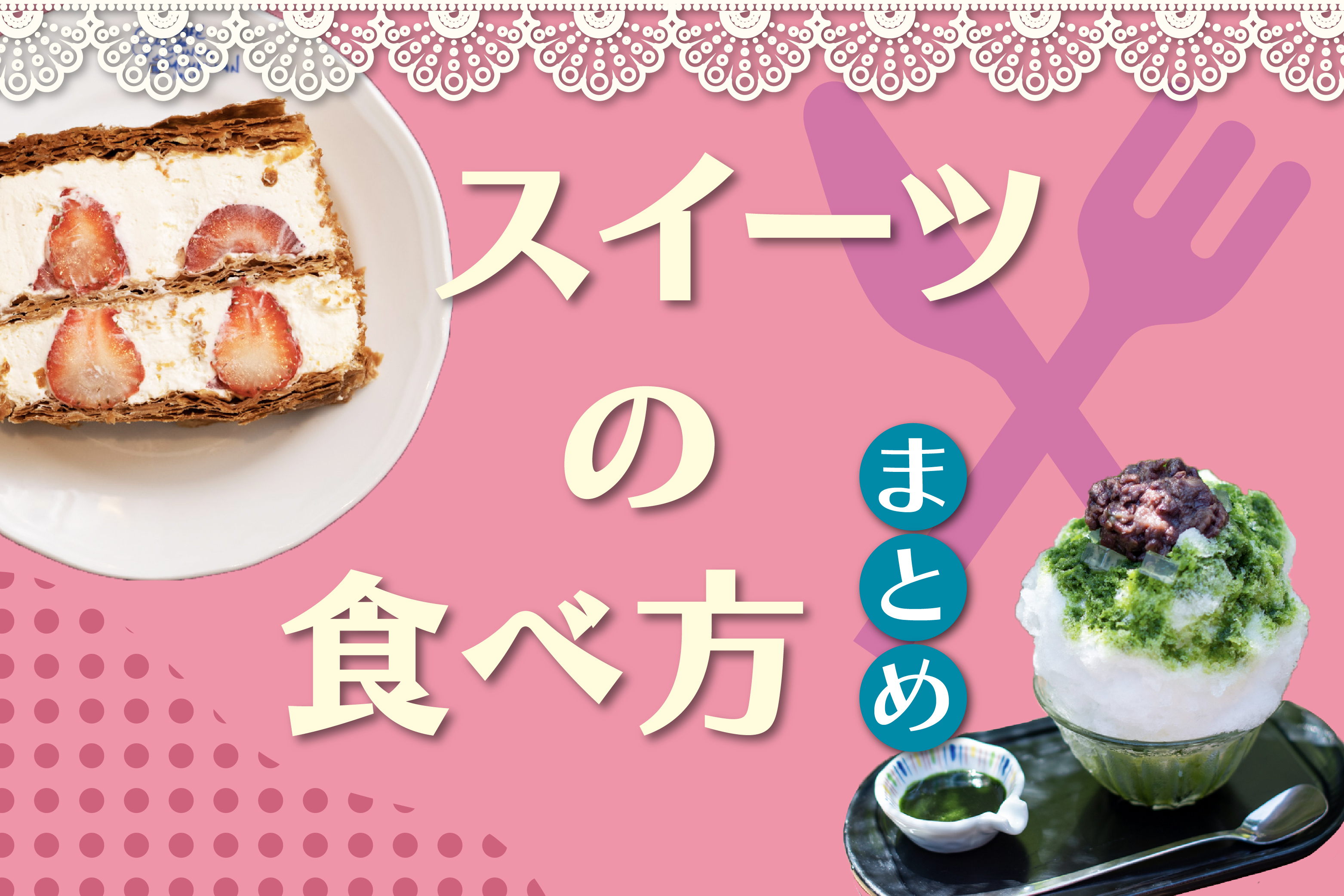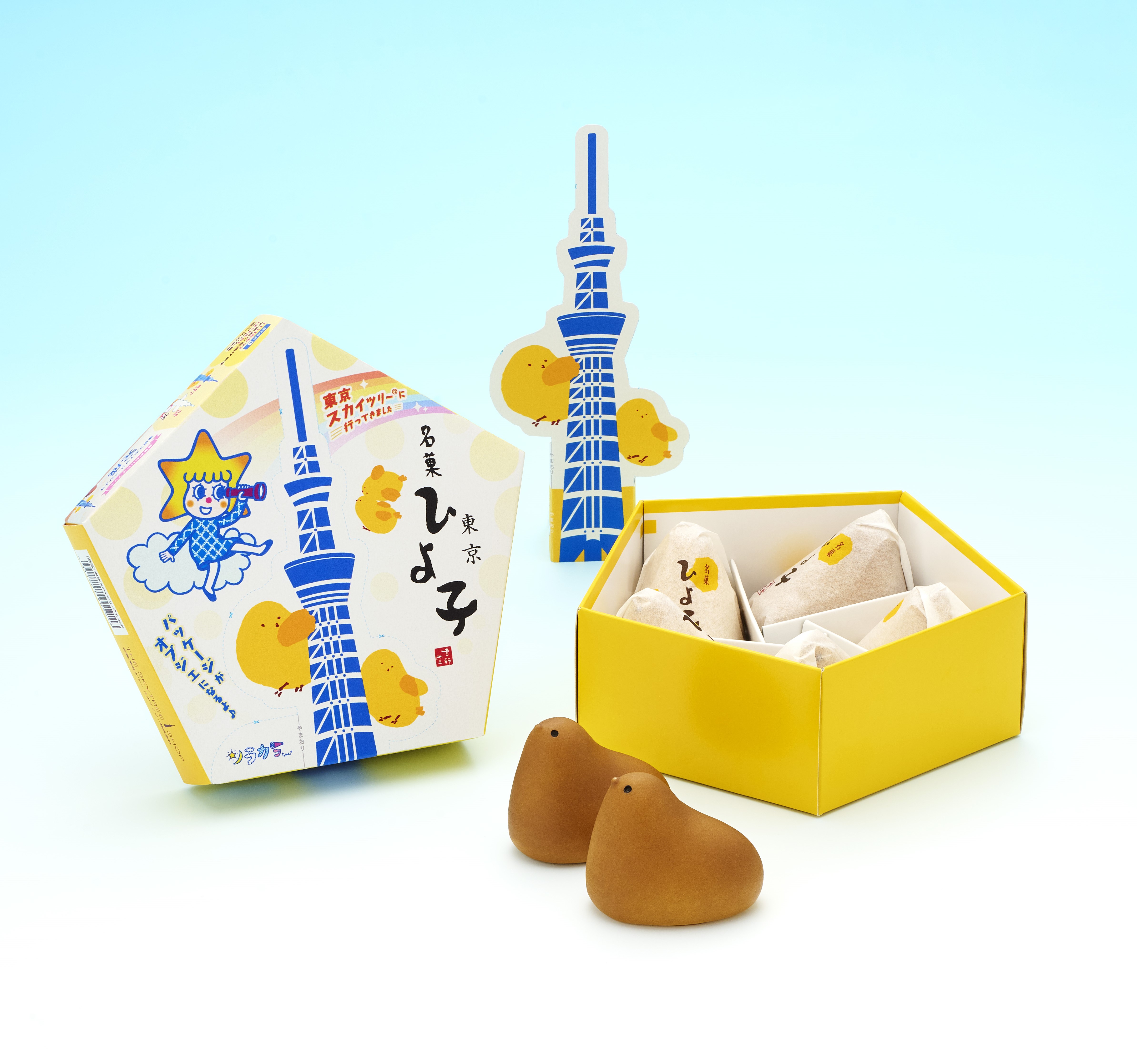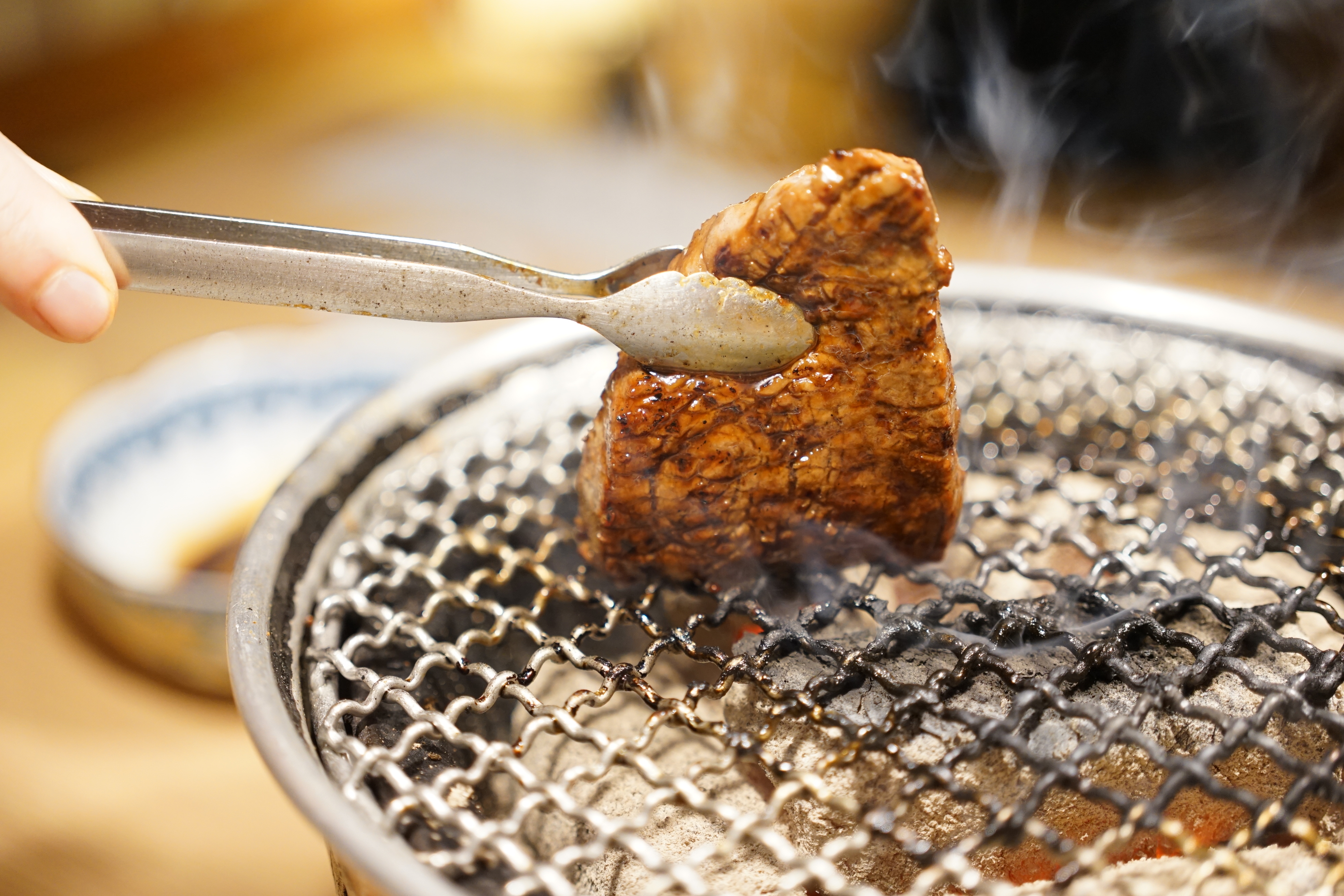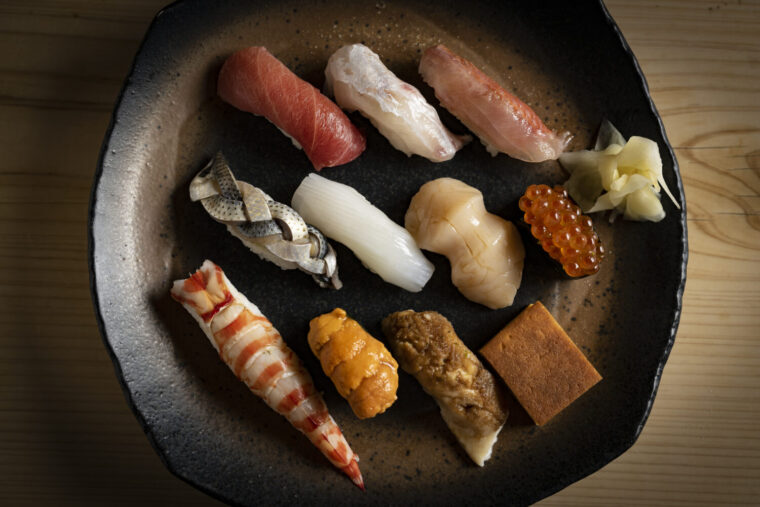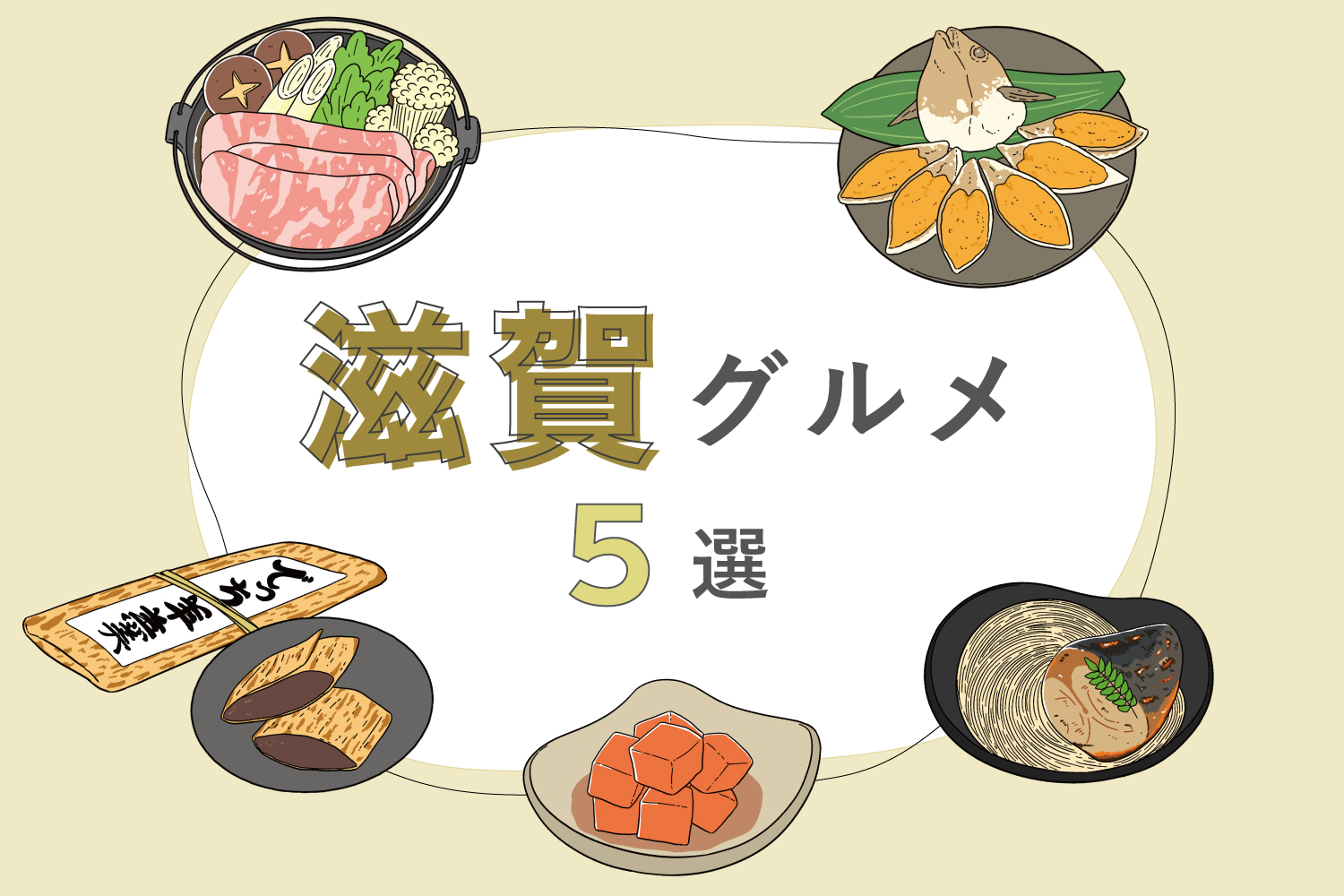
Discover Shiga’s Local Cuisine: Omi Beef, Funazushi, Grilled Mackerel Somen, Red Konnyaku, and Decchi Yokan
Shiga Prefecture is located inland, with no access to the sea. About one-sixth of its area is occupied by Lake Biwa, the largest lake in Japan, where traditional fishing methods known as eri-ryo are used to catch sweetfish (ayu), crucian carp (funa), and other fish. Taking advantage of its basin-specific environment, Shiga is also famous as the production area of Japan’s oldest branded beef, Omi Beef.
share:
Table of Contents
A 400-Year History: “Omi Beef”
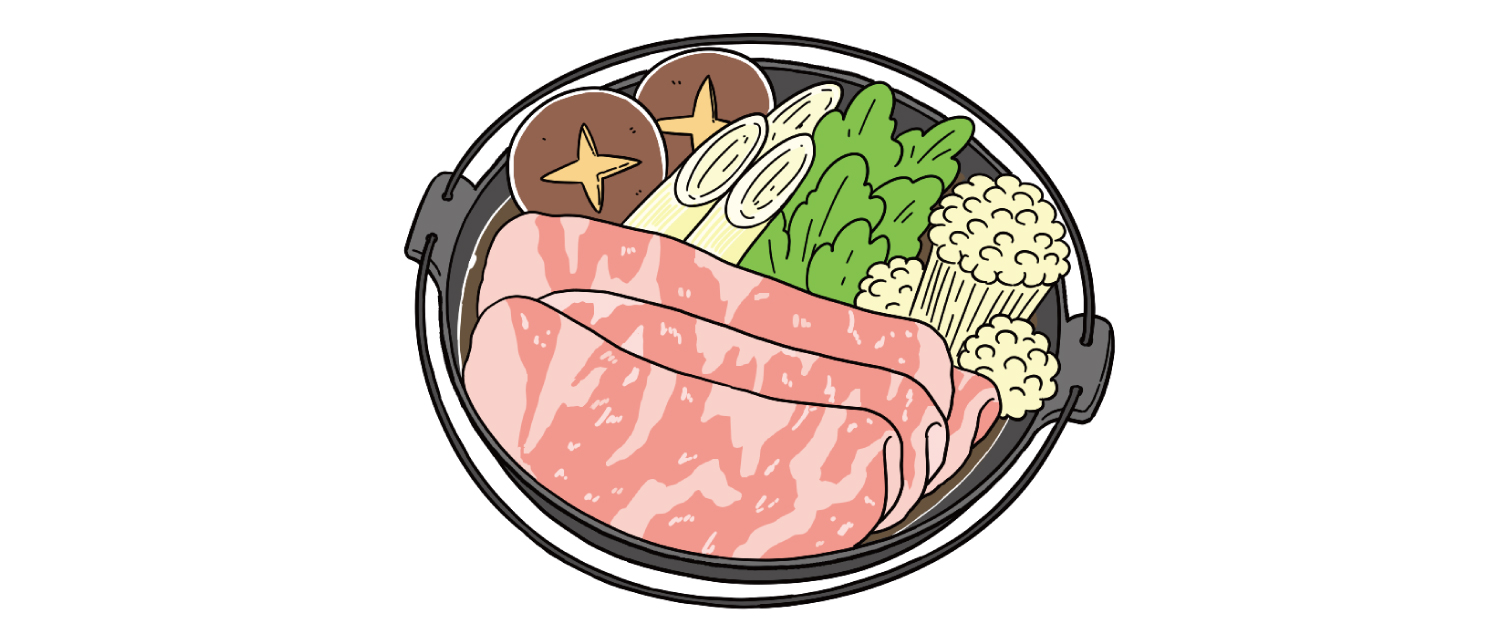
“Omi Beef” is Japan’s first branded beef for consumption, with a history of about 400 years, and is considered one of Japan’s three great wagyu beefs. It became known nationwide after the opening of the Tokaido Main Line in 1890.
Omi Beef is defined as “the black-haired wagyu that has been raised the longest in Shiga Prefecture, nurtured by its abundant water and natural environment.” Its high-quality, tender marbled meat has a melt-in-your-mouth texture, and it is often enjoyed as steak, sukiyaki, or shabu-shabu.
The Origin of Sushi! “Funazushi”
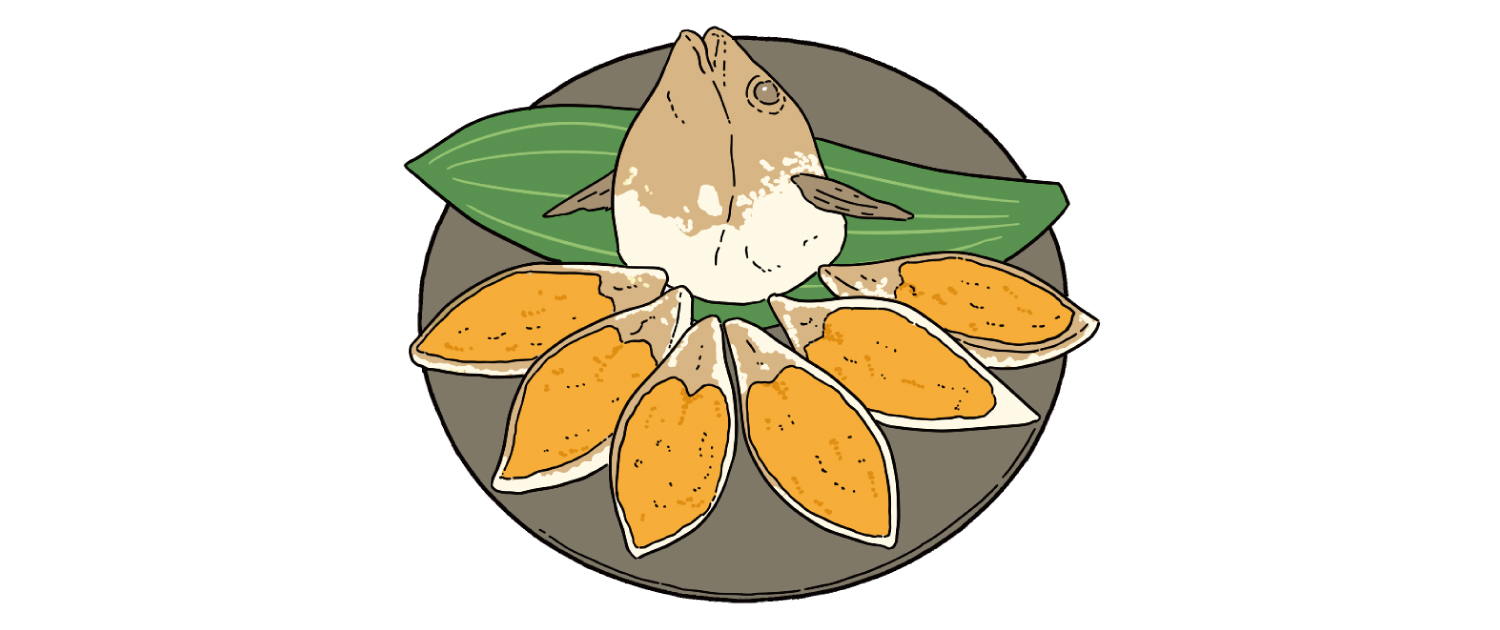
“Funazushi” has been made since before the Nara period and is considered the origin of sushi. It is a type of fermented sushi (narezushi), preserved for long periods through lactic acid fermentation. Rich in nutrients, it was traditionally eaten when feeling unwell and valued as a form of medicine.
From spring to summer, crucian carp with all internal organs except the ovaries removed are salted in barrels. After desalting, the fish is layered alternately with rice, pressed with a weight, and left until around New Year’s. The dissolved rice is not eaten—only the fish is enjoyed.
Created During Busy Farming Seasons: “Grilled Mackerel Somen”
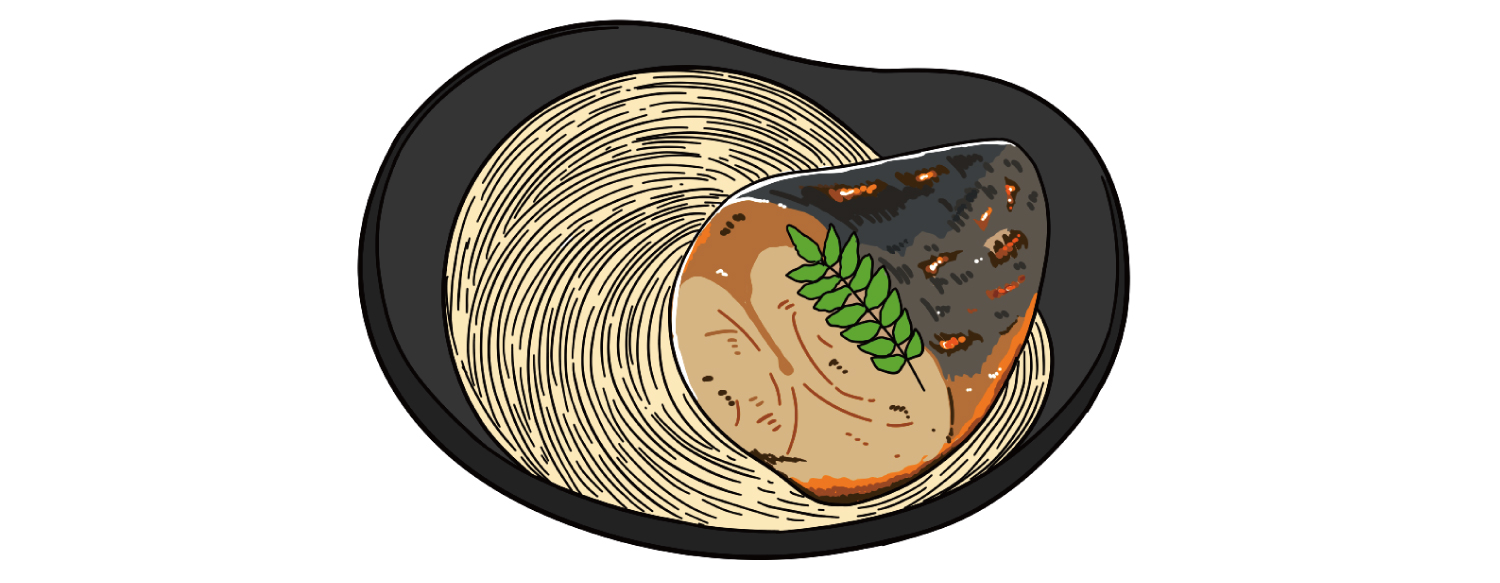
In Shiga Prefecture, there is a custom called “Satsuki Mimai,” where parents send grilled mackerel to daughters who have married into farming families. This grilled mackerel is simmered and then combined with slightly firm somen noodles to make “Grilled Mackerel Somen.” Because it was simple to prepare, it was often made during the busy farming season. It is also served as a hospitality dish at the annual “Nagahama Hikiyama Festival” held in April.
Today, it is made at home as well as sold in supermarkets and restaurants—so be sure to try it when you visit!
Bright Red “Red Konnyaku”
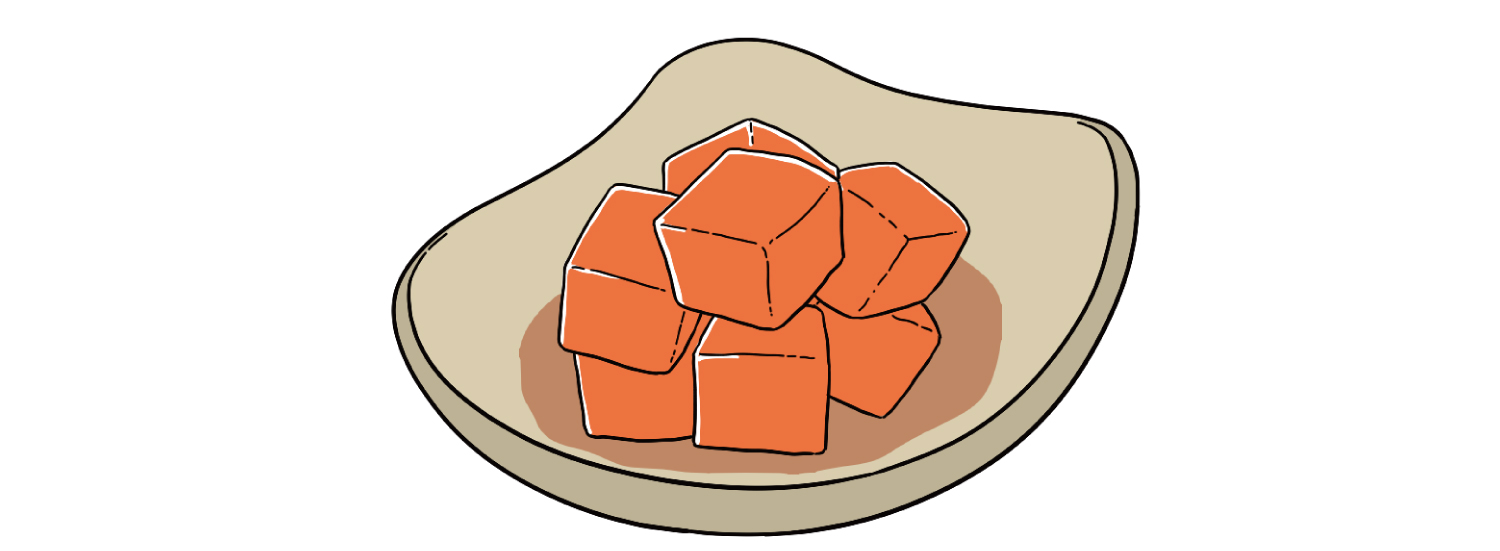
“Red Konnyaku” is a long-loved local specialty from Omihachiman in Shiga Prefecture, where Oda Nobunaga achieved national unification. Its origins are said to be linked to Nobunaga’s flamboyant nature and his fondness for the color red—even konnyaku was dyed red. The source of its red color is ferric oxide, a food additive. Characterized by its soft texture, it is also rich in dietary fiber and calcium. Cooked in the same way as ordinary konnyaku, it is a popular ingredient that adds color to the dining table.
Steamed in Bamboo Skin: “Decchi Yokan”
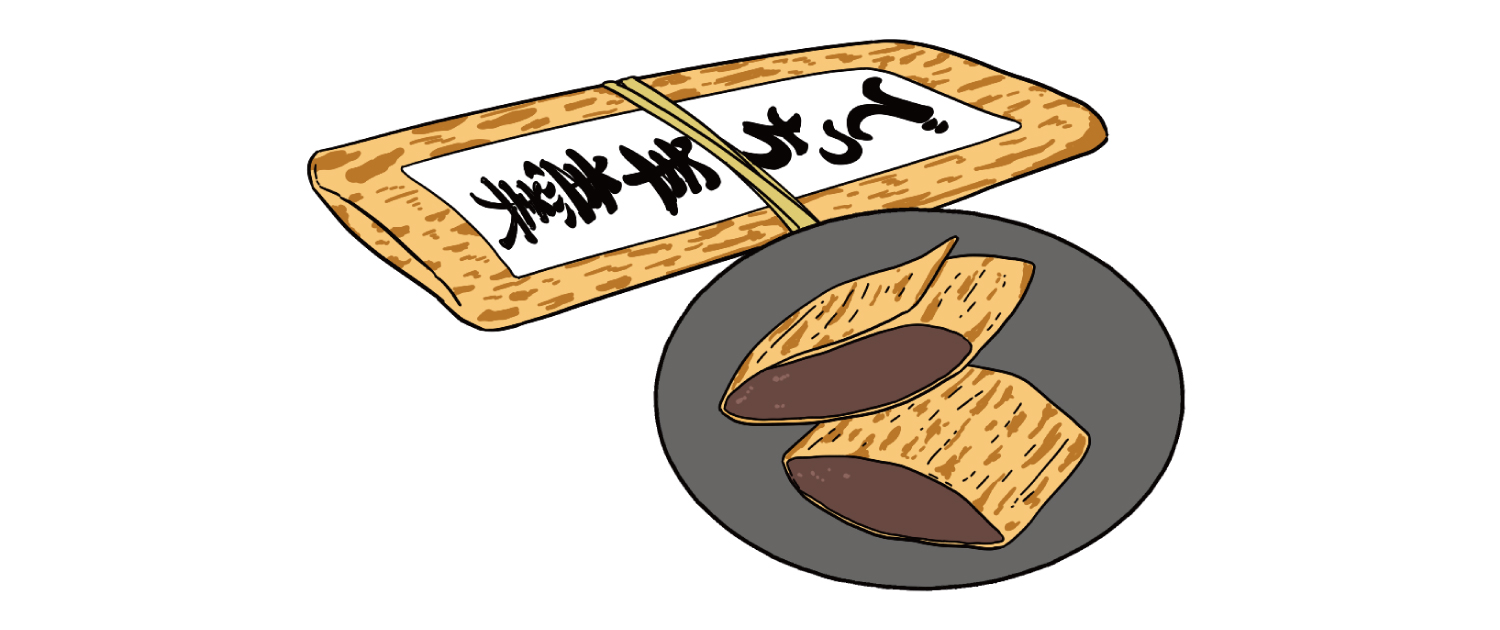
Originating in Shiga Prefecture, “Decchi Yokan” is a wagashi (Japanese sweet) familiar throughout the Kansai region. Unlike regular yokan, it uses less azuki beans and sugar, and instead of agar, it is mixed with wheat flour. Wrapped in high-quality bamboo skin and steamed, it is cut and eaten as is. Its name comes from the “decchi”—boys from Omihachiman who went to work in Osaka or Kanto as apprentices—who would buy this inexpensive sweet to bring home as a souvenir.
*The information is based on the time of reporting or creation, and may differ from the current situation.
tags:
share:










